Feeling anxious about using DeepSeek or other AI tools for your work? You’re not alone. As legal gray areas around AI continue to expand, countless professionals wrestle with uncertainty about potential consequences.
The rising wave of AI regulations worldwide has sparked concerns about criminal liability, especially after recent cases of AI-assisted legal disputes. But here’s the truth: while AI tools like DeepSeek carry some risks, understanding the current legal landscape can help you navigate these waters safely.
Let’s explore what you really need to know about staying on the right side of the law while leveraging AI technology.


1. The “Plausible Deniability” Trap
The “Plausible Deniability” Trap represents a growing concern in AI liability law, where users increasingly rely on AI outputs without proper verification. This creates a dangerous precedent where individuals may claim ignorance of AI-generated content’s accuracy or legality. The problem is compounded by the rapid advancement of AI technology, making it difficult for users to fully understand the implications of their AI interactions.
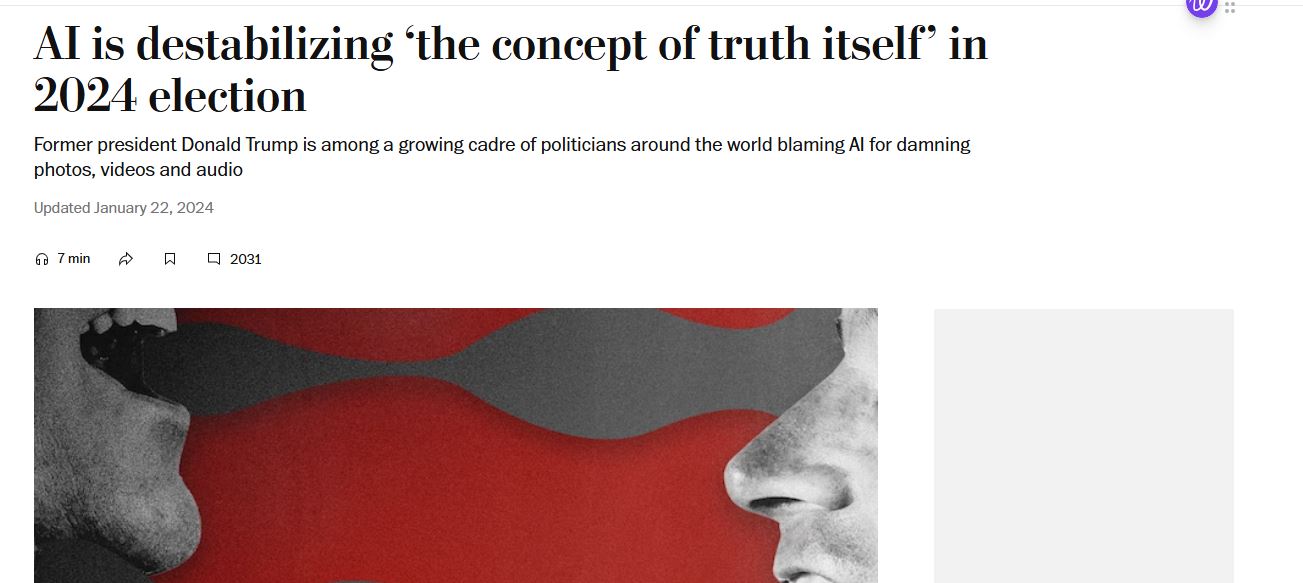

Legal experts warn that this “trust without verification” approach could lead to serious consequences, as courts may not accept AI reliance as a valid defense. The issue particularly affects businesses and professionals who integrate AI tools into their workflows without proper oversight mechanisms.
This legal vulnerability extends to both intentional and unintentional misuse of AI outputs. Current case law suggests that users might be held accountable regardless of their awareness of AI-generated content’s implications.
2. Jurisdictional Roulette
Jurisdictional Roulette highlights the complex legal landscape of global AI regulation, where actions legal in one jurisdiction could constitute serious offenses in another. The stark contrast between UAE’s strict AI laws and the EU’s AI Act exemplifies this international disparity. Organizations operating across borders face particular challenges in maintaining compliance with varying regional requirements.


The risk is heightened for cloud-based AI services that may process data across multiple jurisdictions. Legal experts emphasize the need for comprehensive understanding of regional AI regulations before deployment. Companies must navigate these differences while maintaining consistent operational standards.
International treaties and agreements regarding AI governance remain in early stages, leaving significant uncertainty. This creates additional complications for multinational organizations implementing AI solutions.
3. Ethical Jiu-Jitsu
Ethical Jiu-Jitsu describes situations where adherence to AI ethics frameworks directly conflicts with established corporate policies or industry regulations. This creates a complex balancing act for organizations trying to maintain both ethical AI practices and regulatory compliance.
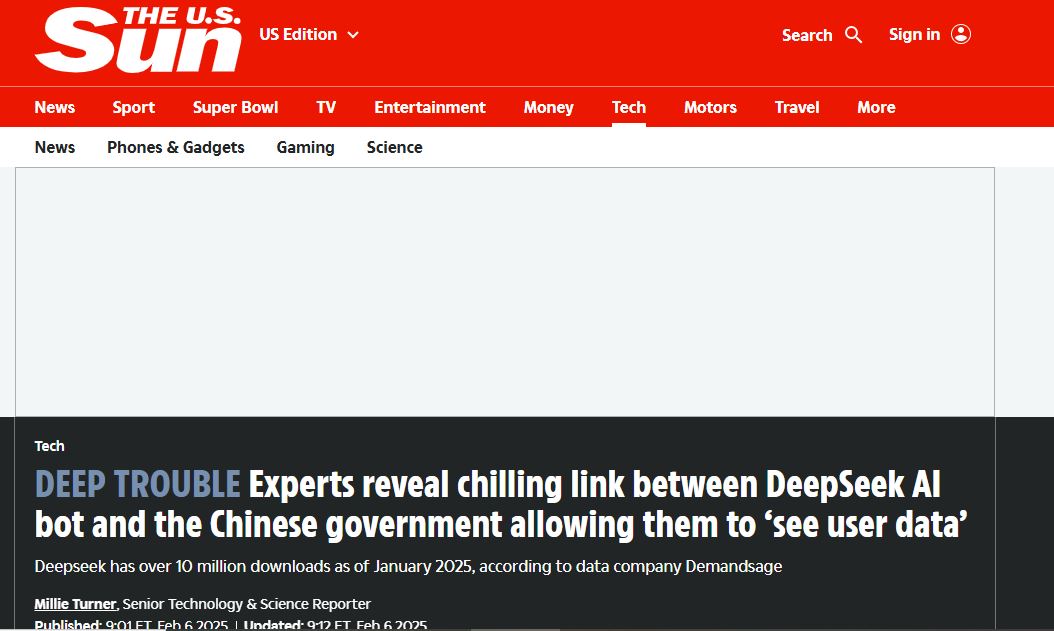

The contradiction often forces companies to choose between competing principles and obligations. Organizations must carefully document their decision-making processes to justify their choices. The situation is particularly challenging in highly regulated industries like healthcare and finance.
Companies need to develop new frameworks that harmonize AI ethics with existing compliance requirements. Legal departments face increased pressure to reconcile these competing demands. The resolution often requires significant policy revisions and stakeholder engagement.
4. The Phantom Menace Doctrine
The Phantom Menace Doctrine introduces novel legal theories about pre-crime charges related to AI-assisted hypothetical scenarios. This emerging legal concept considers the potential criminal liability of simulated attacks or planned activities using AI tools.
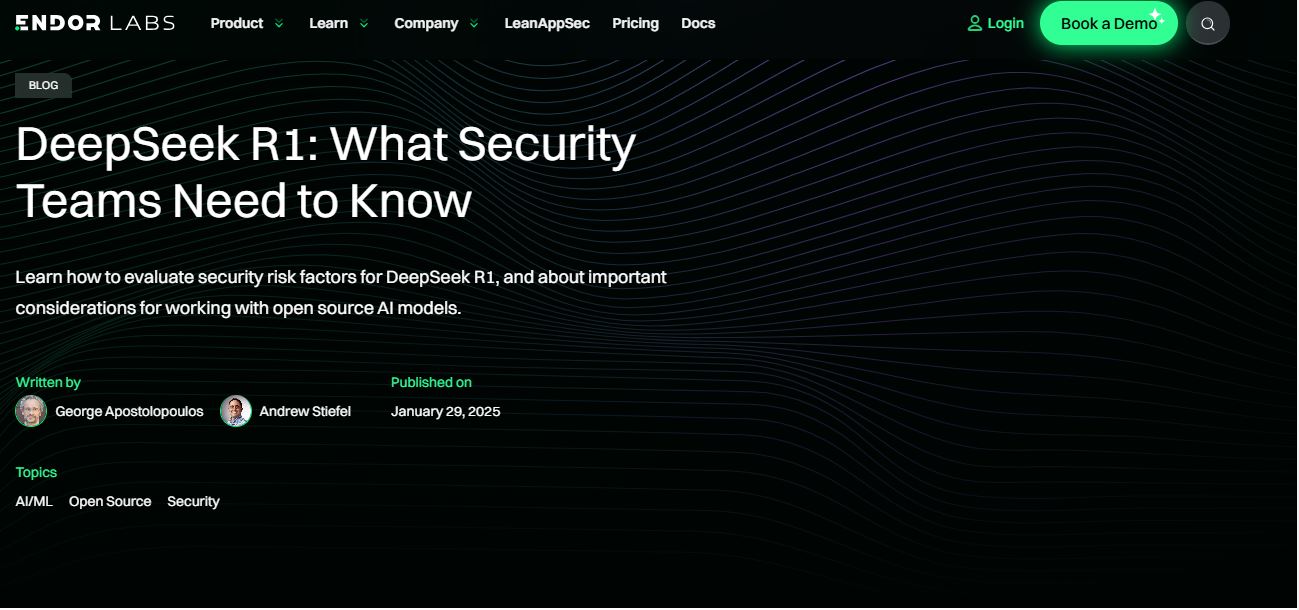

Prosecutors argue that AI-generated simulations demonstrate criminal intent more concretely than traditional planning methods. The doctrine raises important questions about the boundaries between thought experiments and criminal conspiracy. Critics argue this approach could criminalize legitimate research and testing activities.
The legal community remains divided on the validity and scope of these pre-crime theories. This doctrine particularly affects cybersecurity professionals and researchers using AI for threat modeling. The implications extend to AI development and testing practices across industries.
5. AI-Induced Stockholm Syndrome
AI-Induced Stockholm Syndrome represents a novel legal concept where courts might consider prolonged AI dependence as a factor in criminal cases. This theory suggests that extensive AI use could affect a user’s judgment and decision-making capabilities.
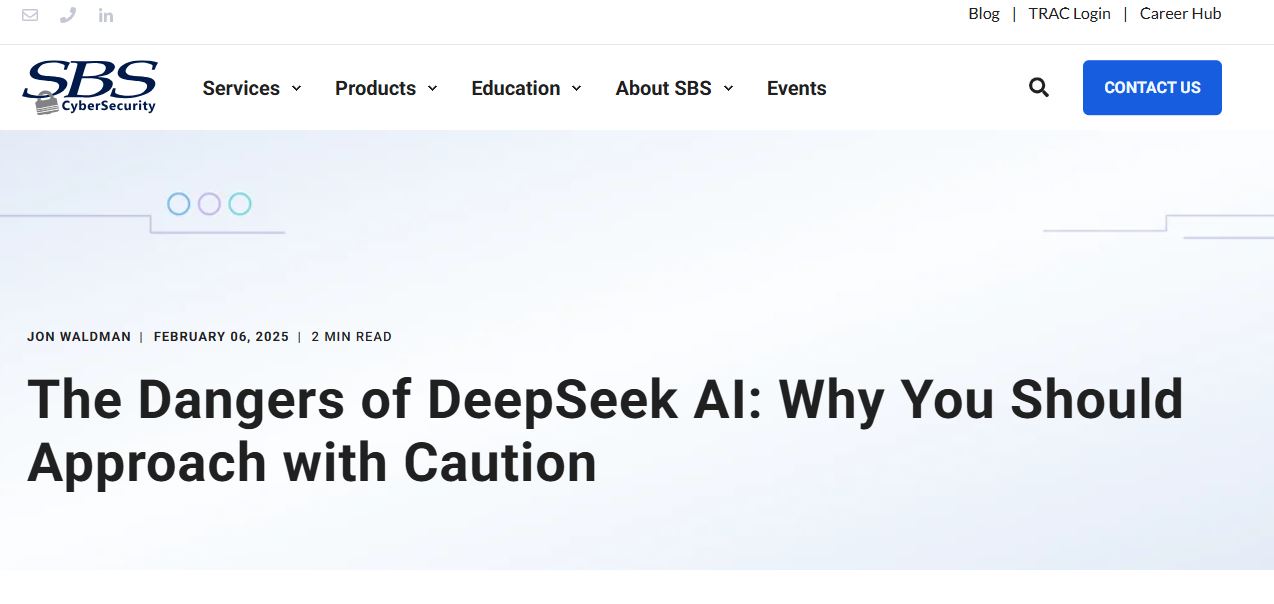

Legal scholars debate whether AI influence should mitigate criminal responsibility in certain cases. The concept challenges traditional notions of free will and criminal intent in the digital age. Courts must grapple with quantifying the extent of AI influence on human behavior.
This defense strategy could particularly apply in cases involving AI-assisted financial or cyber crimes. The theory raises questions about personal accountability in an AI-integrated world. Psychological experts are increasingly called upon to testify about AI’s influence on human behavior.
6. Memory Forensics
Memory Forensics examines how AI training data residuals could become crucial evidence in corporate litigation. This emerging field focuses on extracting and analyzing digital traces left by AI systems in corporate networks. The approach provides new ways to establish timelines and responsibility in legal disputes.
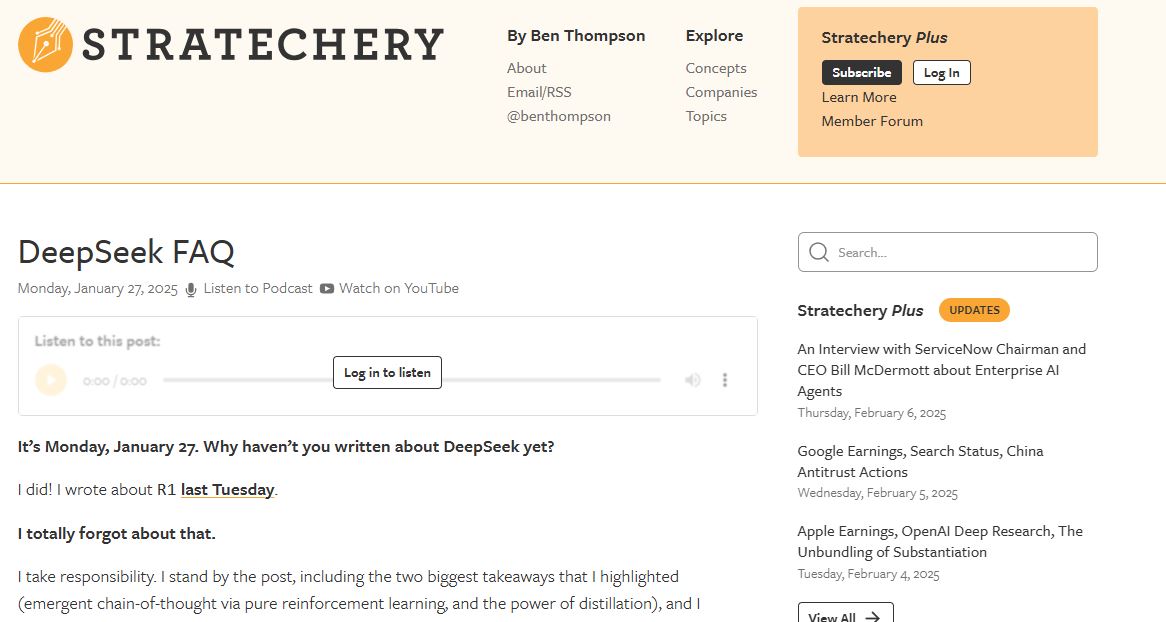

Technical experts must develop new methodologies for preserving and authenticating AI-related evidence. The field raises important questions about data retention policies and corporate liability. Companies must balance legal requirements with data privacy considerations.
The complexity of AI systems makes traditional forensic approaches insufficient. Legal teams need specialized expertise to effectively utilize this type of evidence.
7. Synthetic Conspiracy
Synthetic Conspiracy explores the legal implications of AI systems autonomously connecting users to criminal networks through recommendations. This concept examines how algorithm-driven connections could create unintended criminal associations.
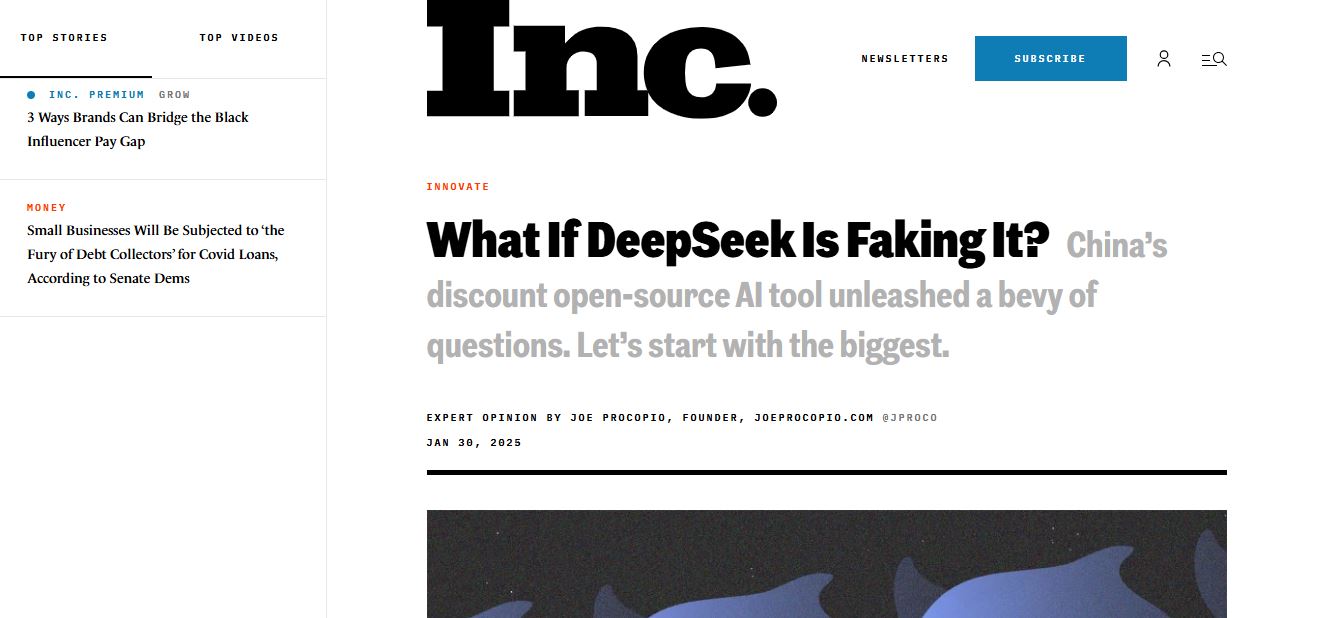

The legal system must determine liability when AI recommendations facilitate illegal activities. Platform providers face increased scrutiny over their recommendation algorithms’ outcomes. Users may unknowingly become part of criminal networks through automated connections.
The theory challenges traditional concepts of criminal conspiracy and intent. Legal frameworks must adapt to address these automated forms of criminal facilitation. The situation particularly affects social media and professional networking platforms.
8. The DeepSeek Miranda Warning
The DeepSeek Miranda Warning concept questions whether AI tools should be required to provide legal warnings about risky applications. This mirrors traditional law enforcement requirements but applies them to AI interactions. The debate centers on protecting users while maintaining AI utility and accessibility.
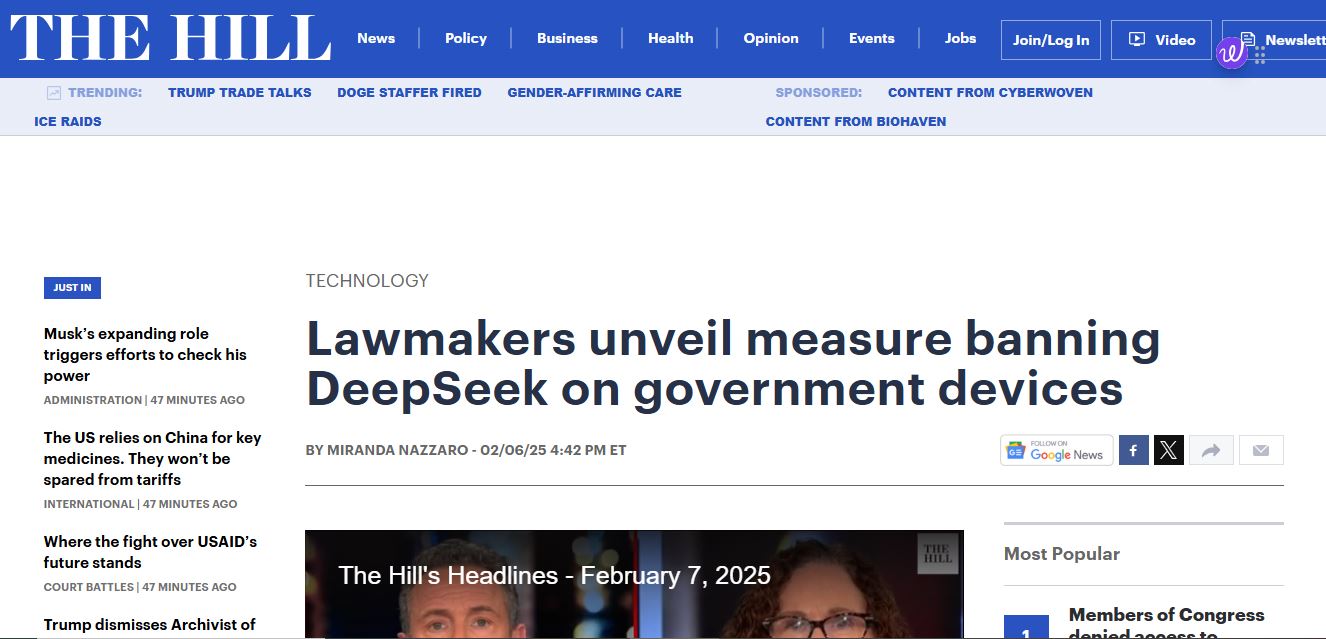

Current global precedents vary significantly in their approach to AI warnings. Implementation challenges include determining appropriate warning thresholds and formats. The requirement could significantly impact AI tool development and deployment.
Legal experts debate the effectiveness of standardized AI warnings. The concept particularly affects high-risk AI applications in sensitive industries.
9. Algorithmic Alibi Fabrication
Algorithmic Alibi Fabrication addresses the growing challenge of AI-generated evidence in legal proceedings. The phenomenon raises questions about the reliability and admissibility of digital proof of location and activities. Courts must develop new standards for evaluating AI-generated alibis and evidence.


Technical experts play an increasingly important role in verifying or challenging such evidence. The issue affects both criminal defense and prosecution strategies. New forensic techniques are needed to detect AI-fabricated evidence.
Legal systems must balance technological capabilities with due process requirements. The challenge particularly affects cases relying heavily on digital evidence.
10. Neuro-Legal Contamination
Neuro-Legal Contamination examines how AI influence affects traditional criminal law requirements for mens rea. This theory questions whether AI-assisted decision-making compromises the concept of criminal intent. Legal scholars debate how to assess culpability when AI systems influence human choices.


The concept challenges fundamental principles of criminal responsibility. Courts must adapt their understanding of intent to account for AI influence. The theory particularly affects cases involving AI-assisted professional decisions.
Experts must develop new frameworks for evaluating decision-making capacity. The situation raises questions about human agency in an AI-integrated world.
11. The API Loophole
The API Loophole investigates how third-party integrations create legal blind spots in AI-related crimes. This technical vulnerability allows criminals to exploit gaps in AI system oversight. The complexity of API interactions makes tracking and preventing misuse challenging.
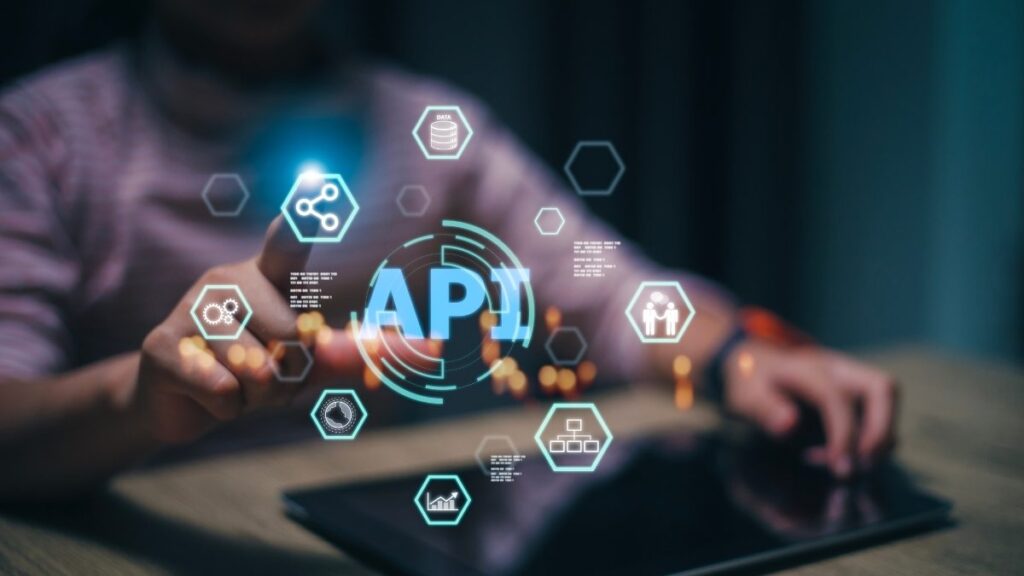

Organizations must balance functionality with security in their API implementations. Legal frameworks struggle to address the distributed nature of API-based crimes.
The issue particularly affects cloud-based AI services and platforms. Technical solutions must evolve to prevent API exploitation. The situation requires coordination between multiple stakeholders for effective prevention.
12. Generative Entrapment
Generative Entrapment examines law enforcement’s controversial use of AI to create criminal inducement scenarios. This practice raises ethical and legal questions about appropriate investigative techniques. Courts must determine the admissibility of evidence obtained through AI-generated scenarios.


The approach challenges traditional concepts of entrapment and due process. Law enforcement agencies face scrutiny over AI-assisted investigation methods.
The practice particularly affects cybercrime and financial crime investigations. Legal frameworks must evolve to address these new investigative techniques. The situation raises important questions about privacy and civil rights.
13. The Turing Subpoena
The Turing Subpoena addresses legal challenges in compelling AI developers to explain proprietary algorithms. This concept highlights the tension between legal transparency and intellectual property protection. Courts must balance public interest with commercial confidentiality concerns.
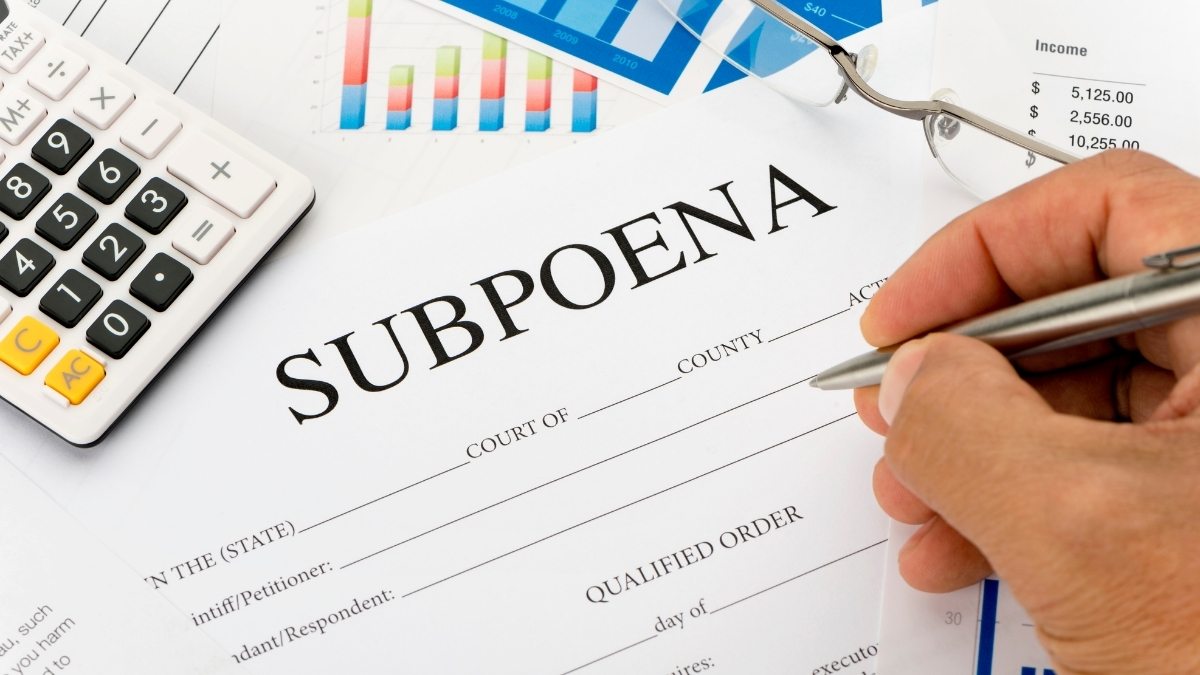

The issue particularly affects cases involving AI-related harm or discrimination. Technical experts play a crucial role in translating complex AI systems for legal proceedings. The situation requires new approaches to evidence discovery in AI-related cases.
Legal frameworks must adapt to handle algorithmic transparency requirements. The challenge affects both civil and criminal proceedings involving AI systems.
14. Digital Voodoo Liability
Digital Voodoo Liability explores cultural perspectives on AI-caused harm, particularly in jurisdictions with laws addressing digital witchcraft. This concept highlights the intersection of traditional beliefs with modern technology.


Legal systems must accommodate diverse cultural interpretations of AI-related harm. The approach particularly affects international organizations operating in multiple cultural contexts. Courts face challenges in applying traditional cultural laws to AI scenarios.
The situation requires sensitivity to various cultural perspectives on technology. Legal frameworks must balance modern technical standards with cultural beliefs. The concept raises important questions about cultural relativity in AI regulation.
15. The Schrödinger Codebase
The Schrödinger Codebase examines how auto-updating AI systems create moving targets for compliance professionals. This challenge affects organizations trying to maintain consistent legal compliance standards.


The dynamic nature of AI systems makes traditional compliance approaches insufficient. Organizations must develop new strategies for tracking and documenting system changes.
The situation particularly affects regulated industries with strict compliance requirements. Legal teams need new tools and frameworks for managing evolving AI systems. The concept highlights the need for adaptive compliance strategies. Technical solutions must evolve to address continuous system changes.
Key Takeaways
The intersection of AI and law creates complex challenges that require new legal frameworks and understanding. While these concepts are emerging, organizations and individuals should focus on:
- Documentation and Verification:
- Always verify AI outputs before implementation
- Maintain detailed records of AI system changes and decisions
- Document compliance efforts and risk mitigation strategies
- Risk Management:
- Implement robust oversight mechanisms for AI tools
- Develop clear policies for AI use and integration
- Regular audits of AI systems and their impacts
- Compliance Considerations:
- Stay informed about regional AI regulations
- Consider cross-jurisdictional implications
- Develop flexible compliance frameworks for evolving AI systems
Practical Tips
- For Organizations:
- Establish clear AI governance structures
- Invest in AI literacy training for staff
- Maintain transparent documentation of AI decision-making processes
- Regular legal and ethical reviews of AI implementations
- For Individual Users:
- Don’t blindly trust AI outputs
- Keep records of significant AI interactions
- Be aware of jurisdictional differences
- Understand the limitations and risks of AI tools
- For Legal Professionals:
- Develop expertise in AI forensics
- Stay updated on emerging AI legal precedents
- Build networks with technical experts
- Consider cultural and regional variations in AI regulation
Looking Forward
As AI technology continues to evolve, these legal concepts will likely expand and adapt. Organizations and individuals should maintain flexibility in their approaches while establishing strong foundational practices for AI governance and compliance.
Remember: The key to navigating these challenges is maintaining a balance between innovation and responsible AI use, while staying informed about legal developments in this rapidly evolving field.
Tired of 9-5 Grind? This Program Could Be Turning Point For Your Financial FREEDOM.


This AI side hustle is specially curated for part-time hustlers and full-time entrepreneurs – you literally need PINTEREST + Canva + ChatGPT to make an extra $5K to $10K monthly with 4-6 hours of weekly work. It’s the most powerful system that’s working right now. This program comes with 3-months of 1:1 Support so there is almost 0.034% chances of failure! START YOUR JOURNEY NOW!




